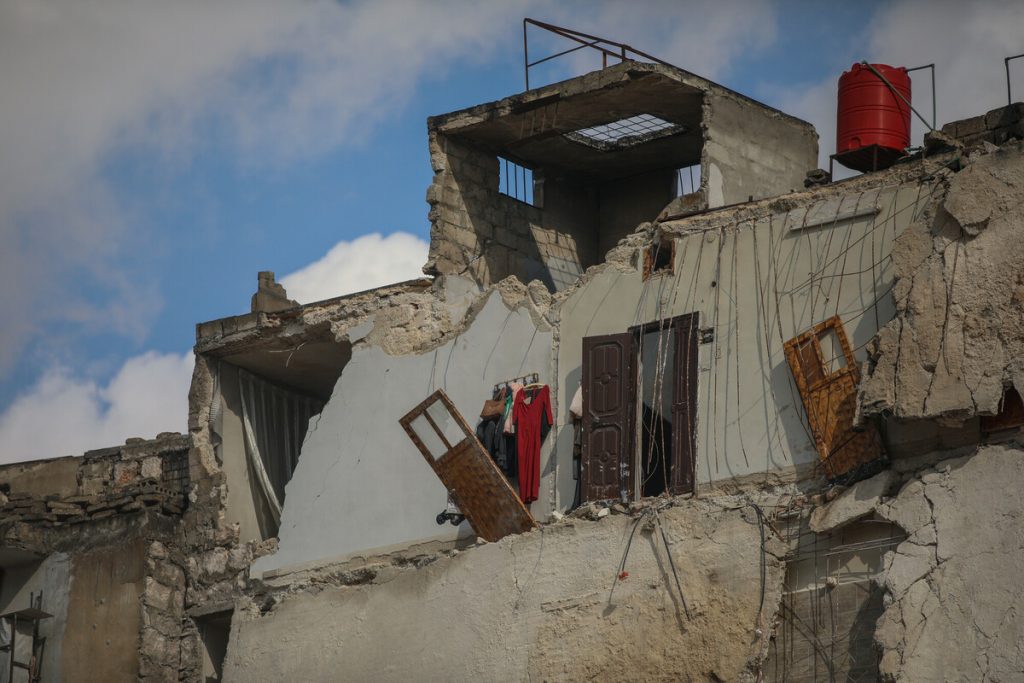Closing the Gap on Gender: Is India up for the challenge?
By Julie Thekkudan, Gender Justice – Lead Specialist, Oxfam India
India is a land of many contrasts where goddesses are revered for their strength and invincibility yet violence against women in all forms is a common phenomenon. In the year 2012, there was a devastating spike in incidences of violence against women across the country - some of which have made global headlines. At Oxfam, we believe that violence against women is an expression of unequal power relationships between women and men.
Oxfam India has been working with partners to open up a space for dialogue on these contradictions through a campaign called Close the Gap, which is an innovative new campaign for equality. It challenges manifestations of inequality in all areas, such as property rights, health, education, the right to food and nutrition, and budgetary allocations for marginalized groups.
The campaign began by focusing on gender inequality, asking the general public the ways in which they would Close the Gap between men and women. Oxfam India adapted a multi-platform campaign, using phone lines, radio, and signs to direct people to the Close the Gap website.
The campaign included creative installations and conversations in public spaces such as malls and market places and face-to-face engagements with young people in colleges. The campaign also had many conversations through online portals and social media sites like Facebook and Twitter.
Through its partners, including Youth Ki Awaz, GotStaredAt, the YP Foundation, Gram Vaani and Purple Mangoes, Oxfam India reached more than half a million people. Halabol, CNN-IBN, Langoor and What’s up Bharat were among the other outreach partners for this campaign, and as a result, the campaign was able to reach a diverse audience.
To date, over 50,000 Indians across 12 states have responded to the question: “How would you Close the Gap between men and women in India?” Here’s what they had to say:
- About 30% of respondents highlighted the urgent need for a change in attitudes and behaviours of men within homes.
- Another 20% said women must have greater awareness of their rights.
- 30% raised the issue of violence against women, and
- 15% mentioned the need for more women in positions of power, both in parliament, corporate boards and among police.
Changing - and enforcing - the laws
These ideas for change may not be new, but it does highlight the need for innovative approaches in the way we address violence against women and gender inequality. The need for conversations within various spaces- like homes, schools and communities- is critical. As one young caller said, “every culture begins at home.”
Despite progressive laws that have been put in place to stop violence against women, those laws haven’t been implemented in part due to the lack of an adequate budget. There are also no mechanisms to monitor the implementation of these laws.
Changing attitudes
But changing attitudes and beliefs by working in the public domain must also be part of the strategy. We need new role models, who don’t shift responsibility away from the perpetrators when acts of violence occur; role models state loudly that behaviours and attitudes can make a positive difference for gender equality– in our homes, on the roads, on the public transport systems, in our law enforcement agencies and everywhere.
The survey results also highlighted the importance of ensuring that women’s presence is ensured in public institutions. As one respondent said, “women need equal say in governance and politics.” Currently, women hold 11% of seats in Parliament, a small number, especially given that India has had a woman Prime Minister and President. This year is a general election year, which could impact both the number of women in Parliament as well as the priority for implementation of laws to protect women from violence.
Changing policies
Oxfam India has published a report with recommendations and commitments of Oxfam India to close the existing gap. The recommendations also pointed out the changes which public is demanding from policy makers:
- A minimum of 33% representation of women in all public institutions like the Parliament, judiciary, police force, bureaucracy at all levels.
- Enactment of the Women’s Reservation Bill.
- Adequate and separate budgets for the effective implementation of all pro-women Acts must be allocated. At the same time, there is an urgent need to put in place the necessary mechanisms for monitoring the implementation of these Acts by independent bodies.
- Ensuring appropriate grievance mechanisms with provisions for penalties for pro-women legislation and policies.
At Oxfam, we believe we must push simultaneously on all of these fronts – laws, formal institutions and government, and attitudes and beliefs – in order to whittle away at the deep rooted gender inequality to that of an empowered nation where women share equal rights with men.
CLOSETHEGAP has created a powerful new conversation. Ordinary citizens on the margins of the political debate have been asked to raise their voice, and they have responded - in great numbers.
Those in power must listen.
You may also like
- Close the Gap: India demands equality for women
- Ending Violence Against Women: The case for a comprehensive international action plan
A version of this blog originally apepared at https://blogs.oxfam.org

